February 17th, 2023
This morning our time in Tokyo came to an end. We left the hotel at 6:30 and took the metro to Tokyo Central Station. On the way there an impressive skyline showed up.
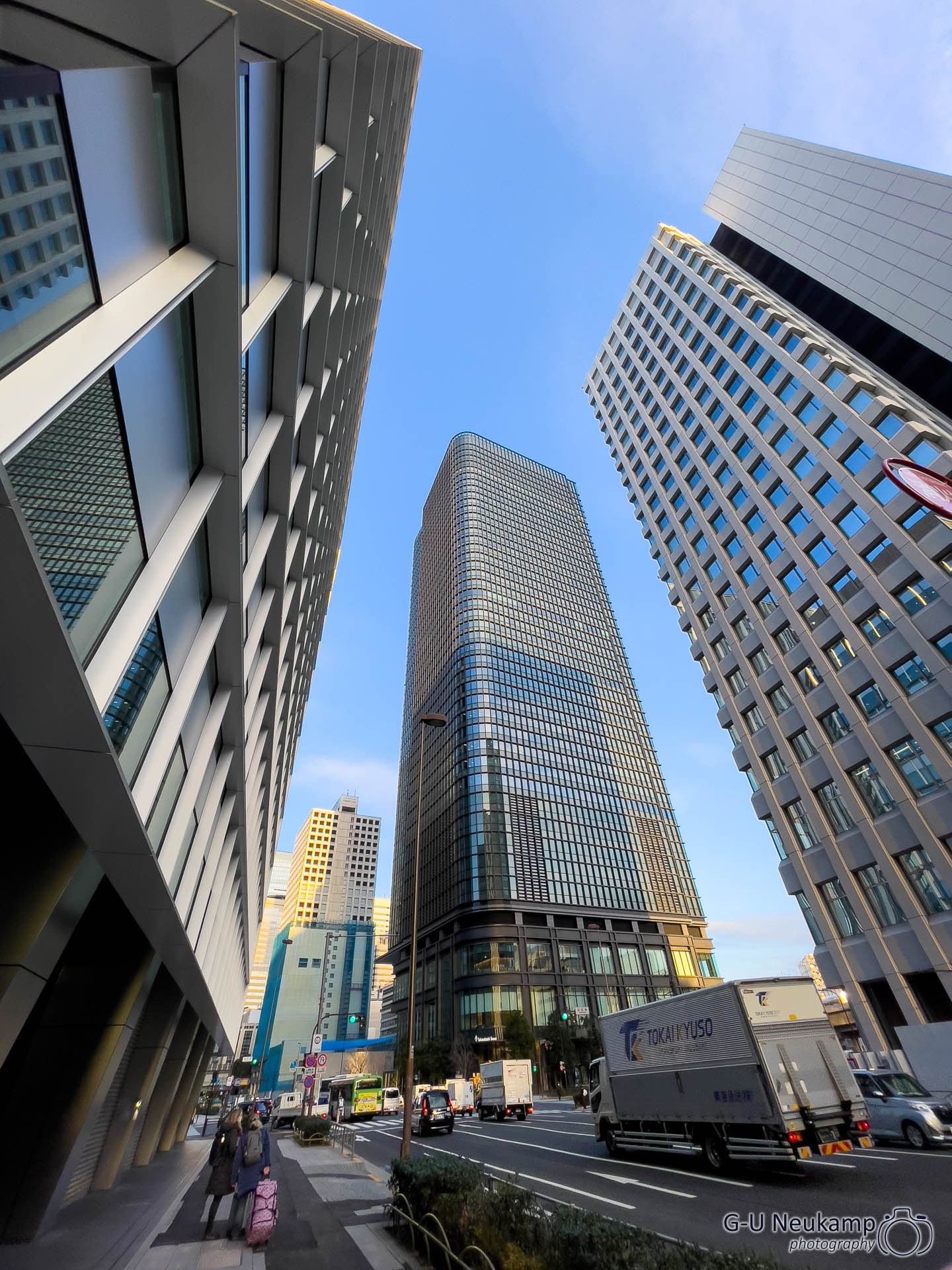
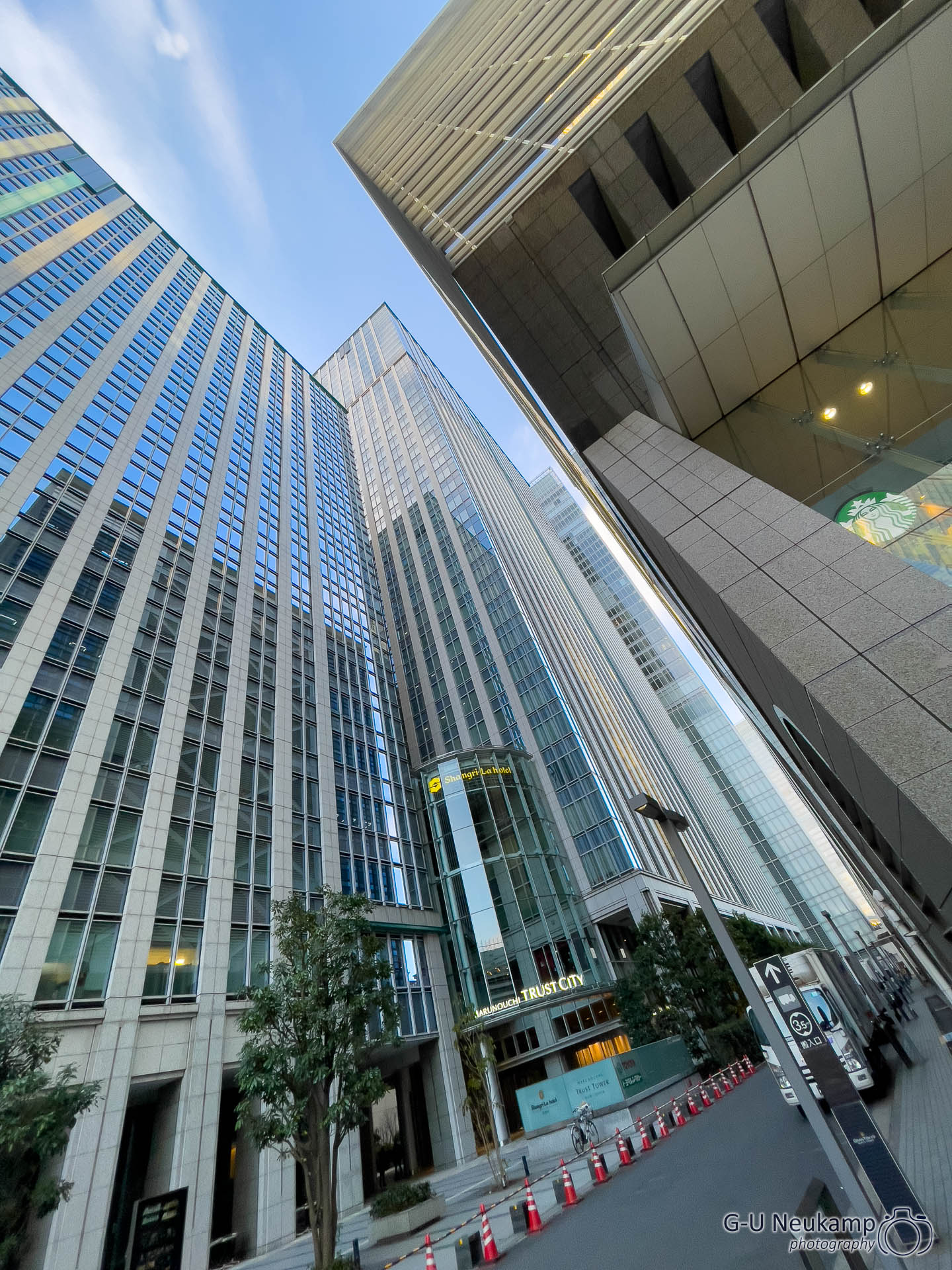
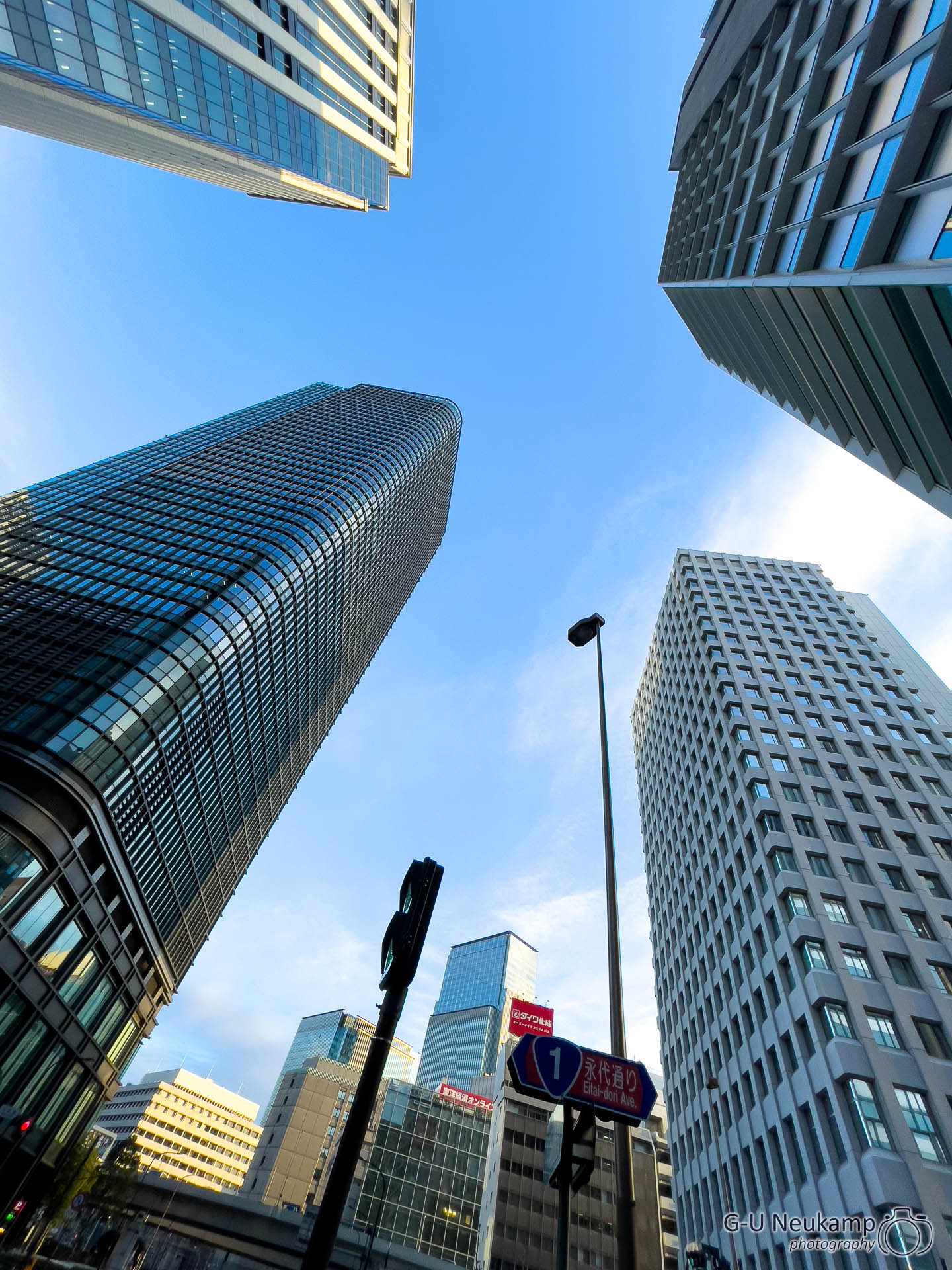
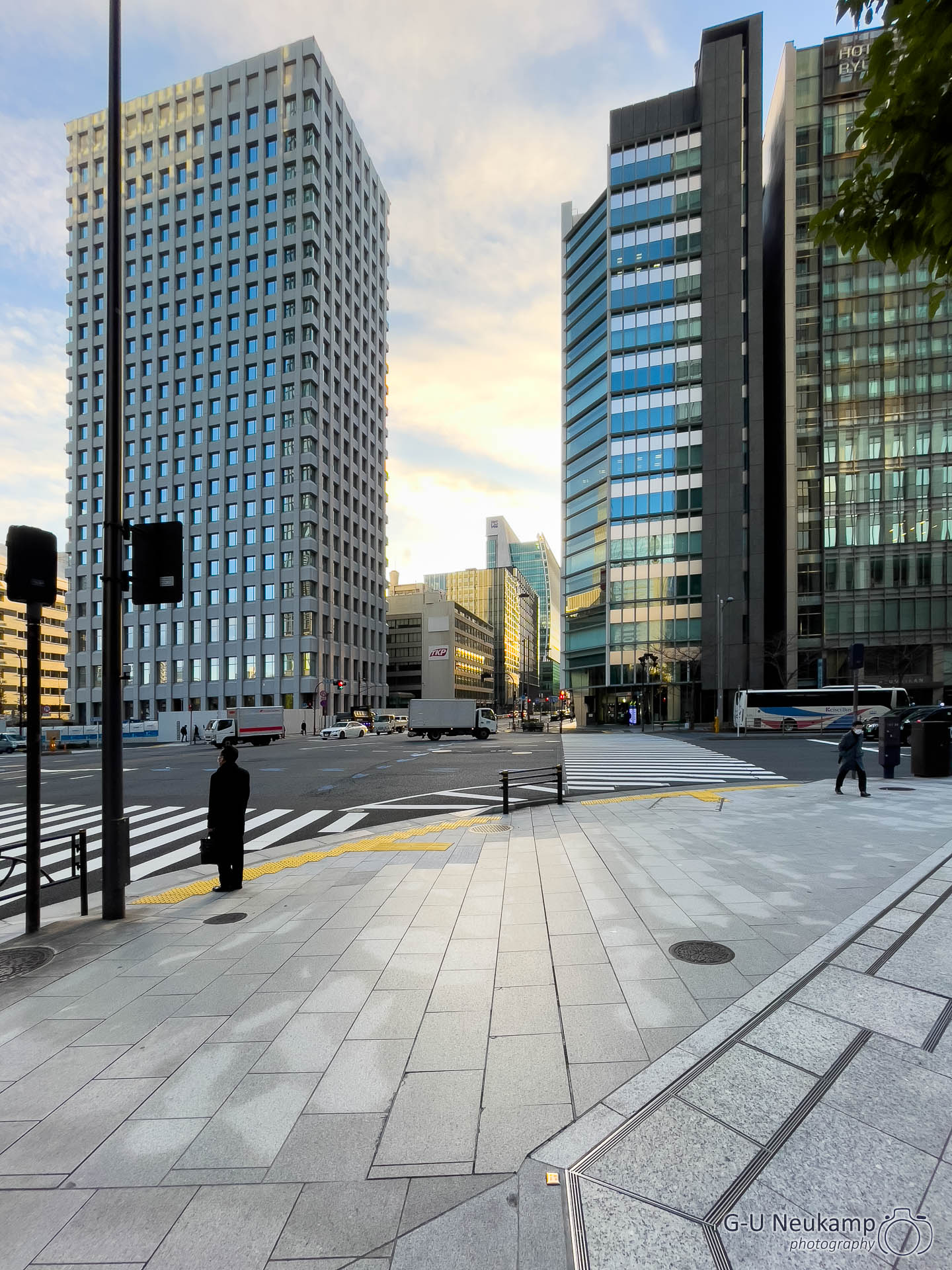
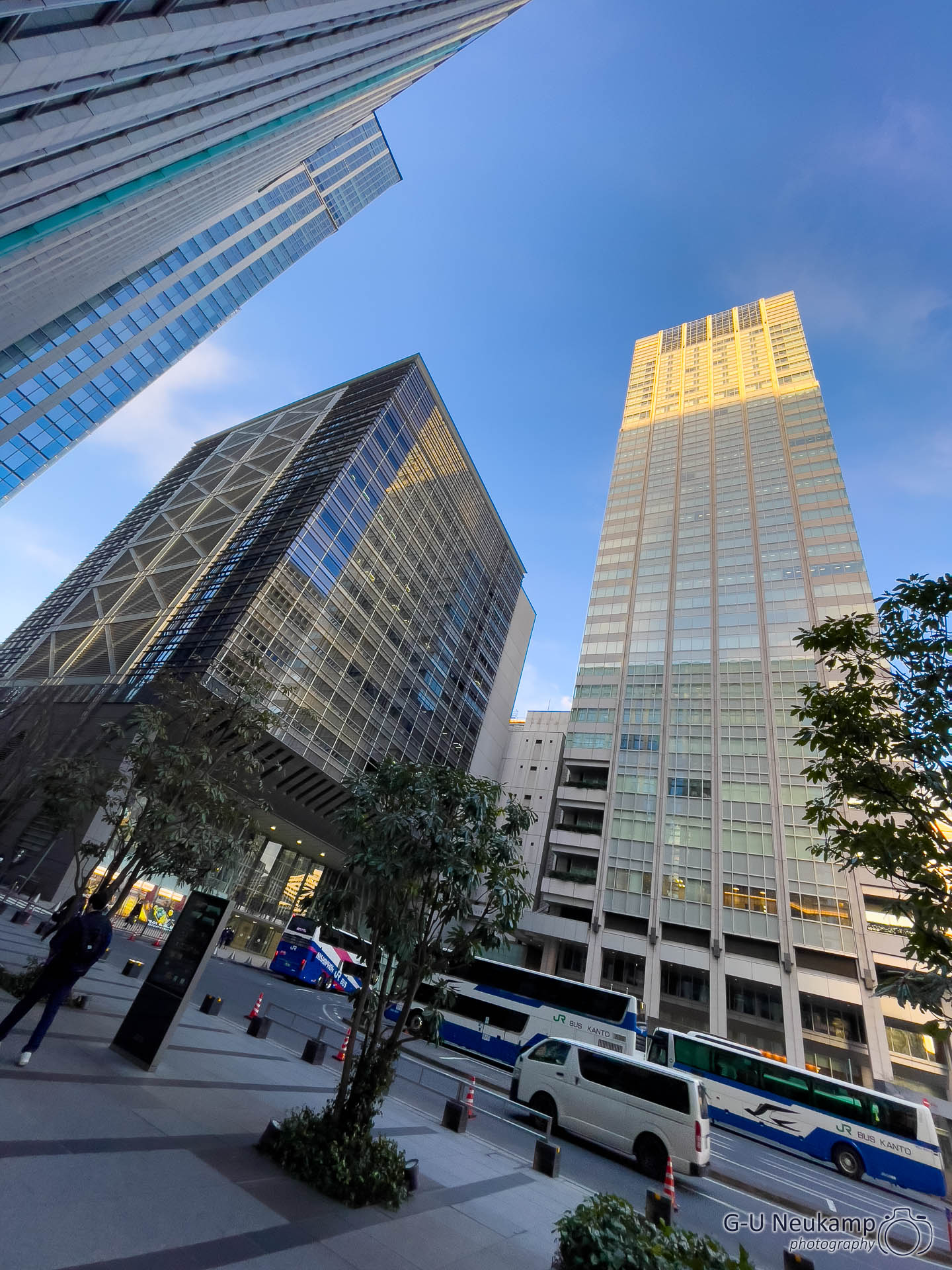
From Tokyo’s Shinkansen station, we then departed on time with the Nozomi Shinkansen at a top speed of 300 km/h in 4 hours to Hiroshima. Below you can see our train arriving at the dead-end station.
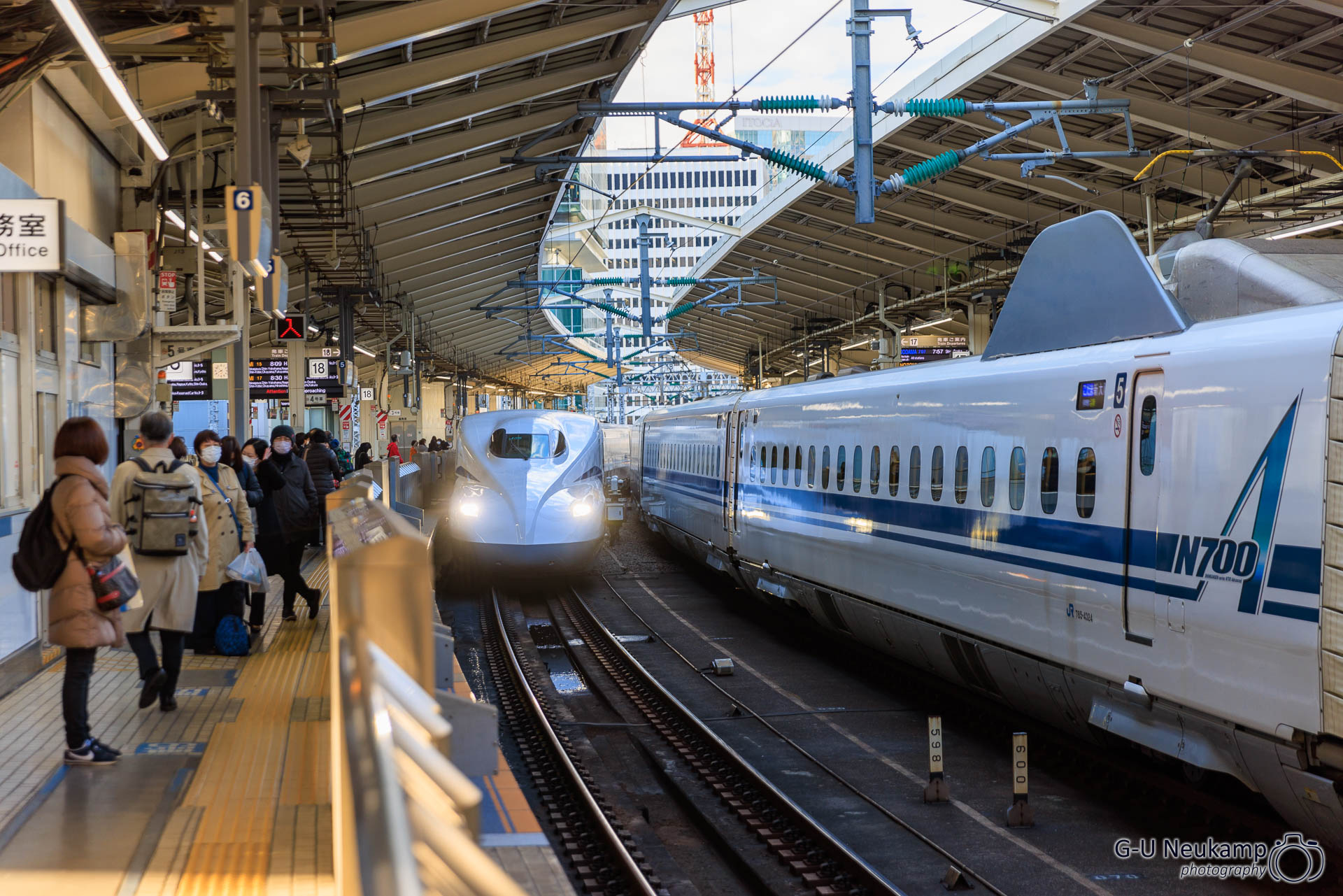
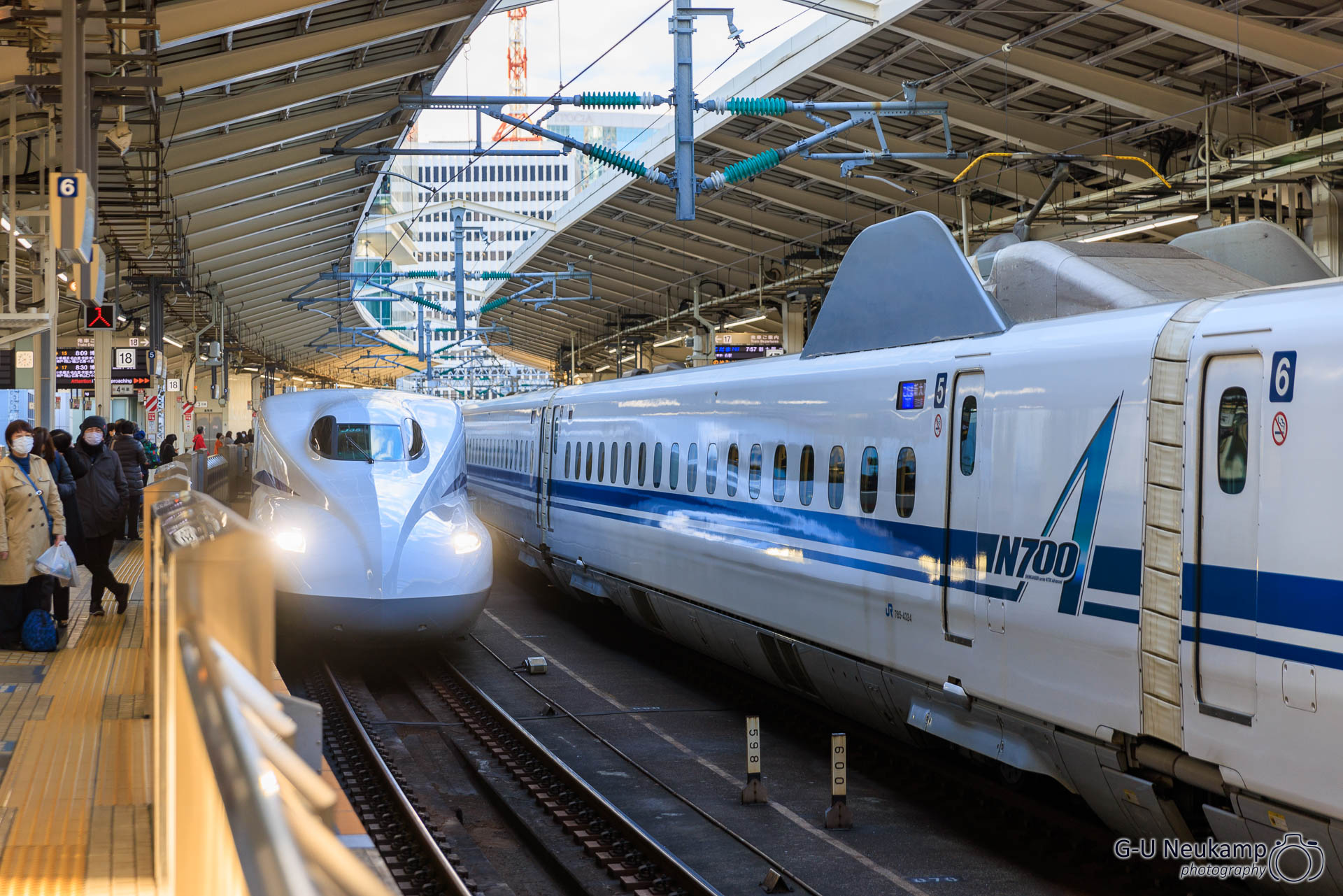
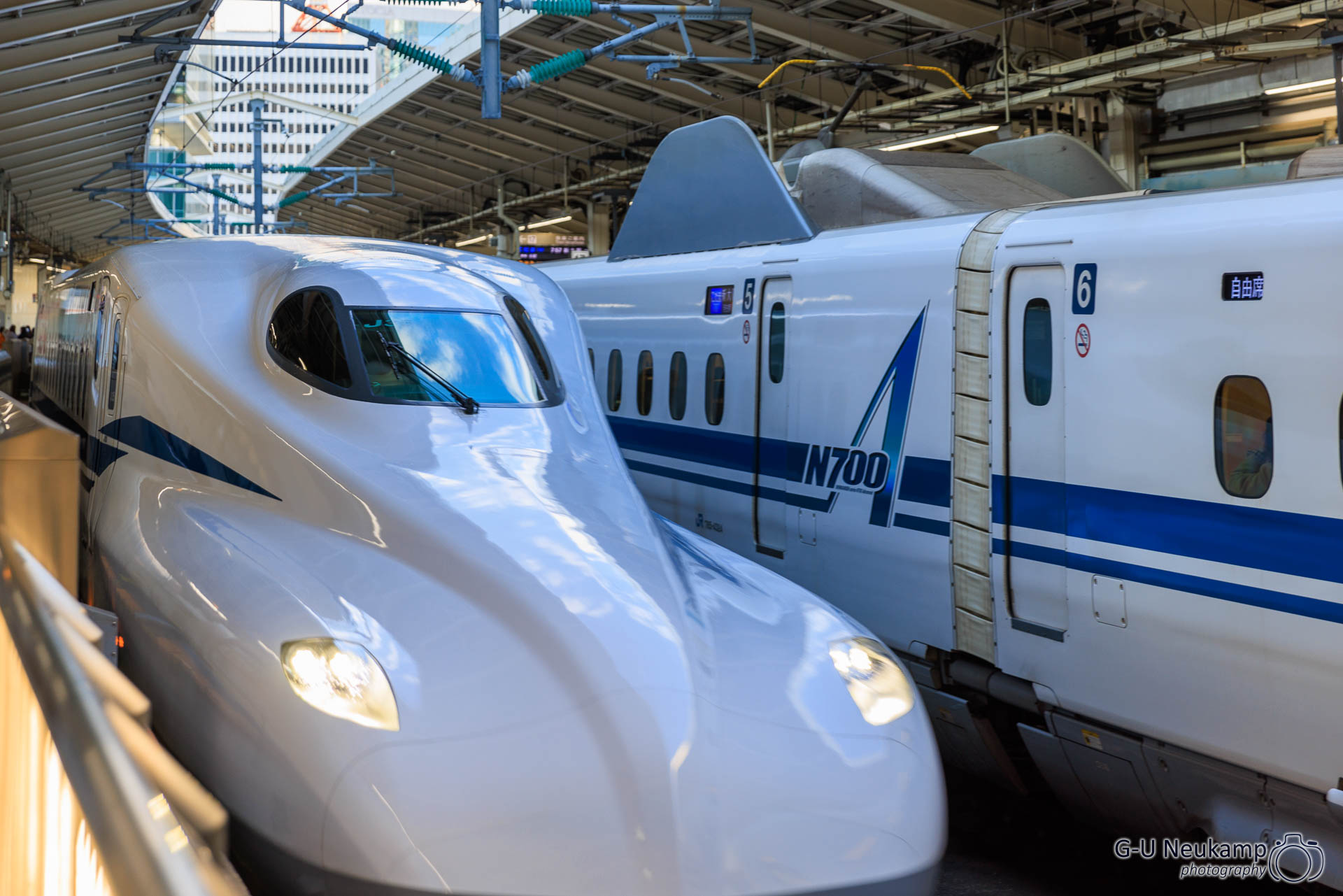
The Shinkansen arrived on time in Hiroshima, as it usually does in Japan. From the station we took a cab to our hotel “Mitsui Garden”, where we also stayed in 2014. Thanks to Luise’s language skills we arrived there easily. Since our room was not ready until 3:00 p.m., we deposited our luggage at the check-in and made a first exploration tour. On the way to the city center we saw a shrine between modern skyscrapers. Our first stop after that: the nearest Starbucks. After that, we went via the Pokémon Center (Louise’s choice) to the Atomic Dome.
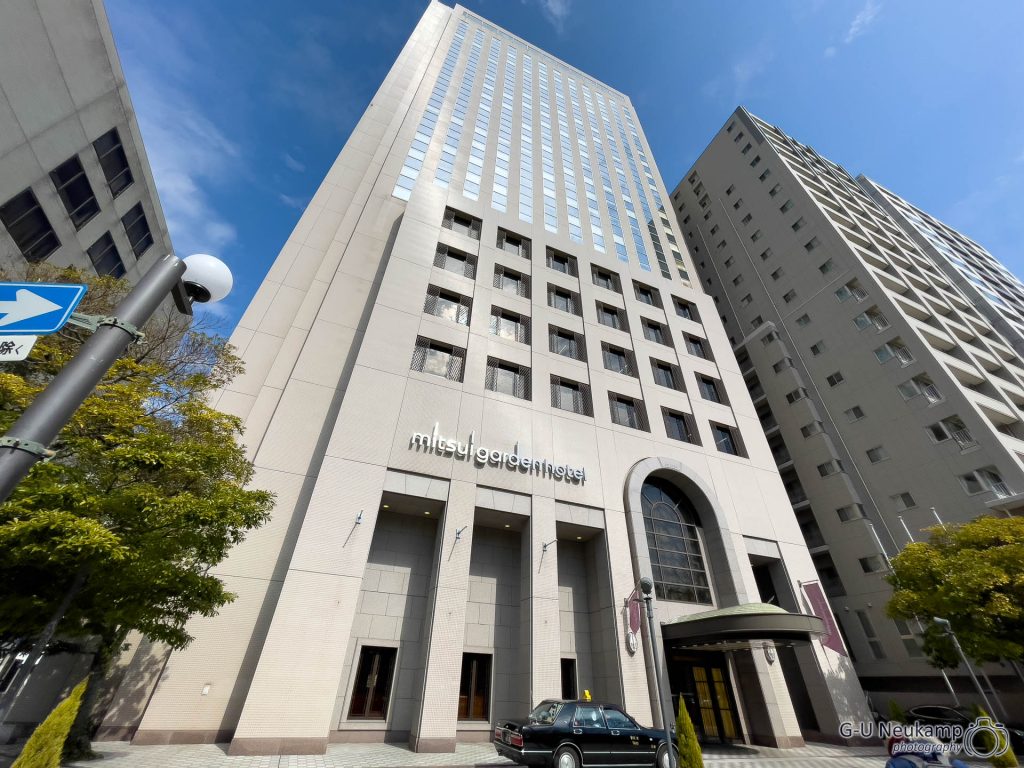
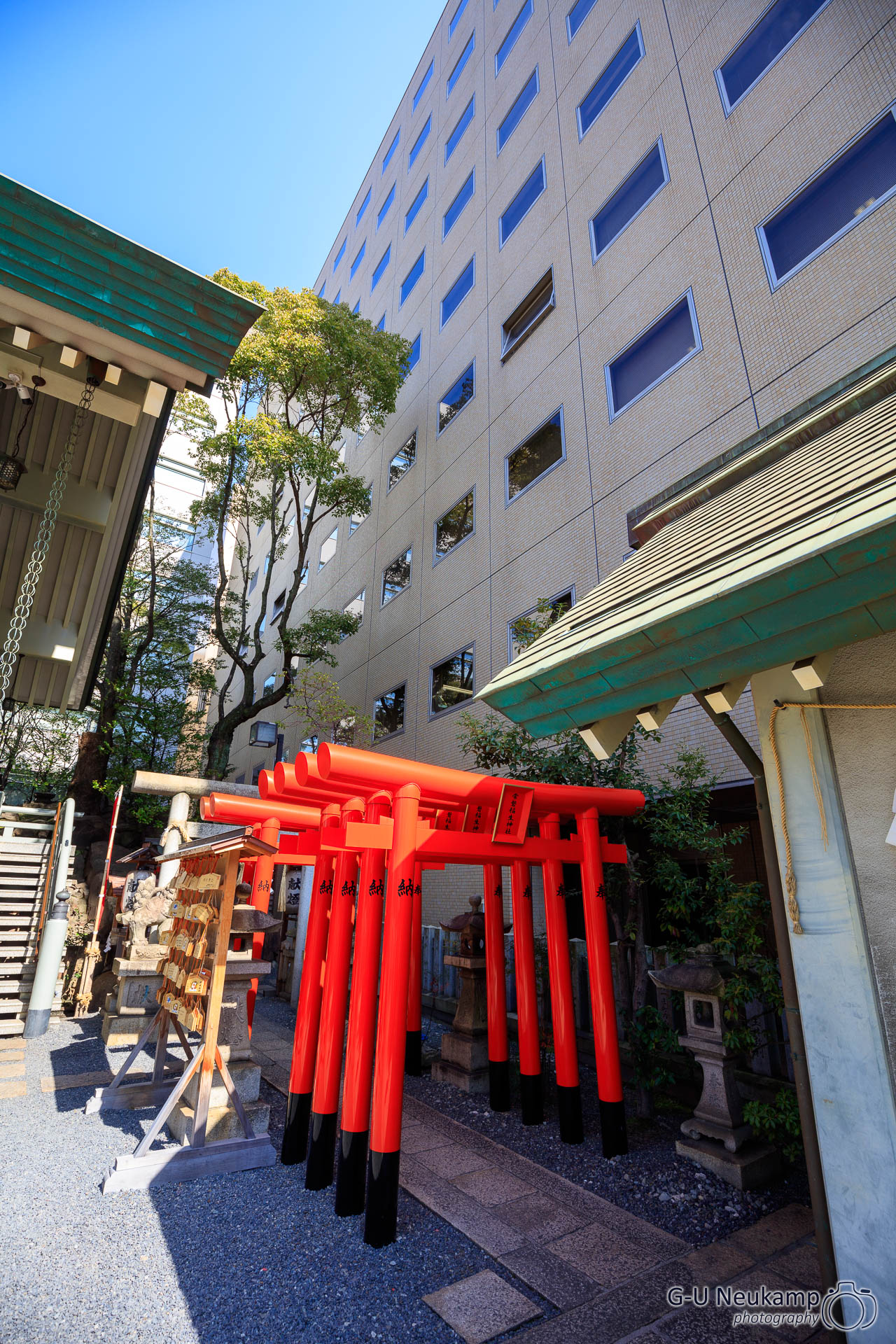

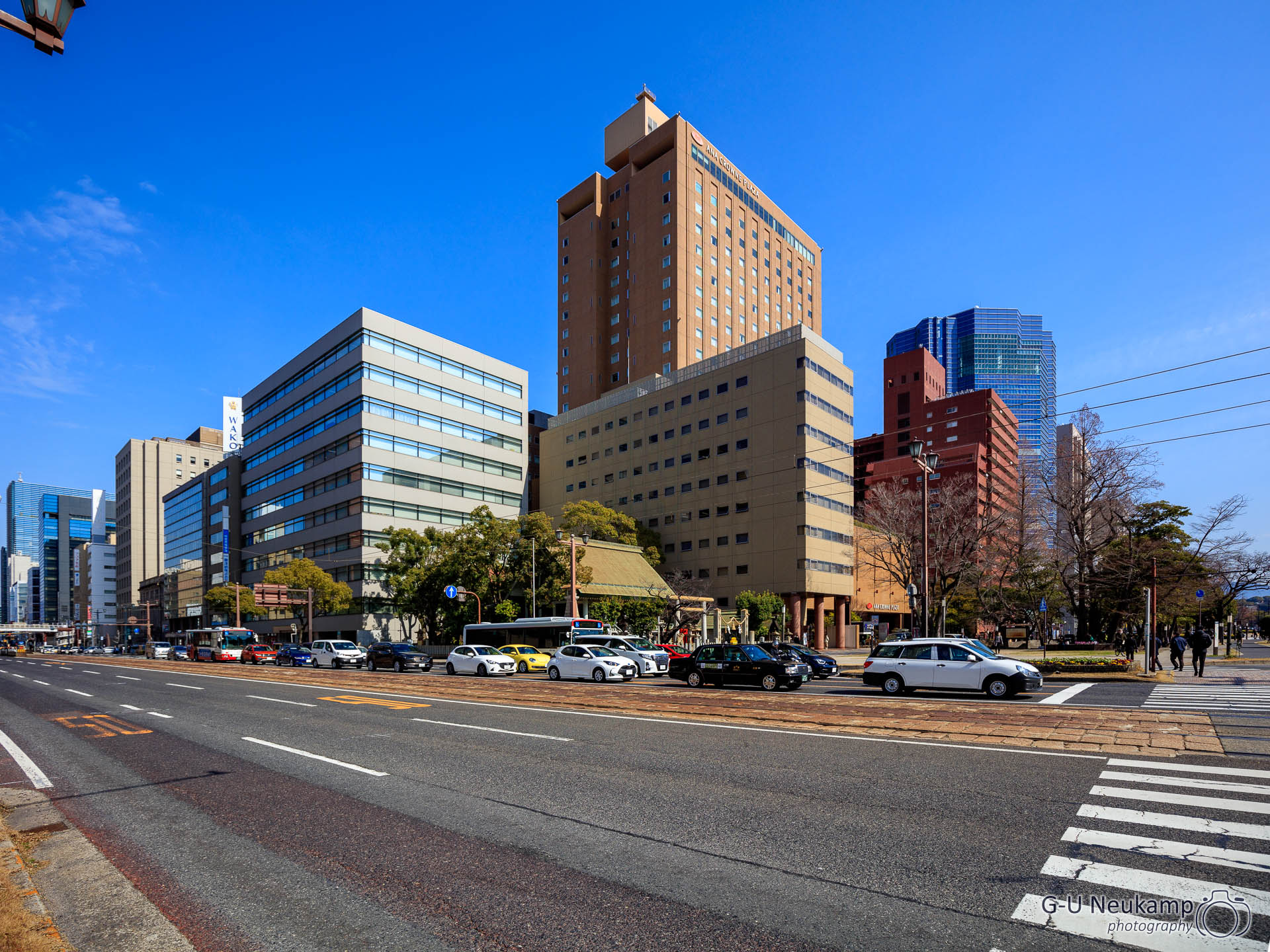
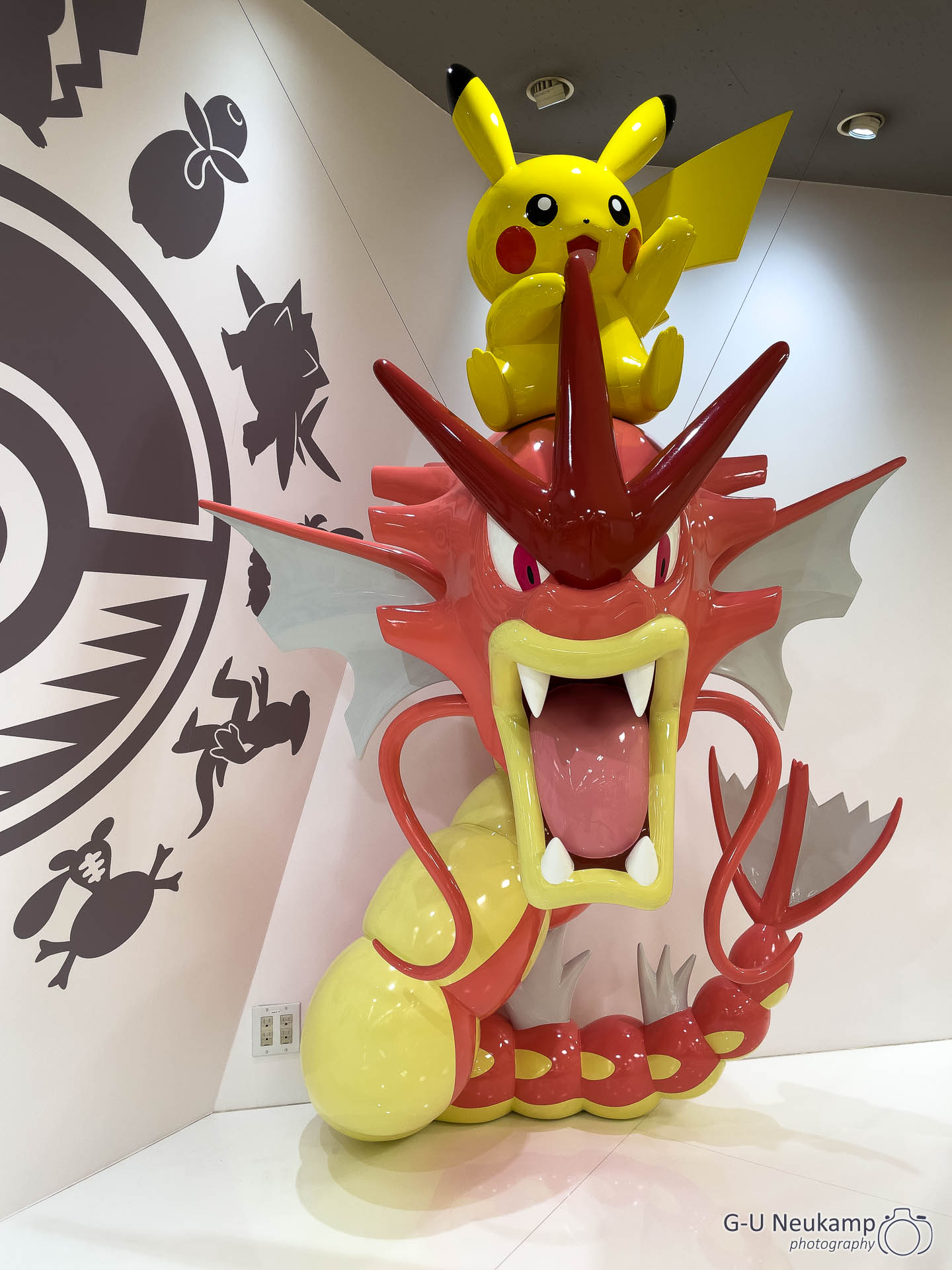
Hiroshima is located in the southwest of the Japanese main island Honshū with some islands in front of it and is the administrative seat of the Hiroshima Prefecture (Hiroshima-ken) with the same name.
The city gained worldwide sad fame due to the first atomic bomb dropped on August 6, 1945. After reconstruction starting in 1949, Hiroshima developed into an important industrial site and today ranks 11th among Japan’s largest cities with a population of over 1.1 million.
Hiroshima was originally founded in 1589 as a castle town on the delta of the Ōta River. After the Meiji Restoration in 1868, Hiroshima developed into a major urban and industrial center. In 1889, Hiroshima officially received the status of a city. During the Imperial Era, Hiroshima was a center of military activity and played an important role in the First Sino-Japanese War, the Russian-Japanese War, and both World Wars.
Since most of the city itself was destroyed in the atomic bombing, there are few historical sites. In the center of the city is now the 12-hectare Hiroshima Peace Memorial Park. The peace monument in Hiroshima, the “Atomic Dome,” ruins of the former Jan Letzel Chamber of Commerce and Industry building, has been preserved as a memorial in its condition immediately after the atomic bombing. Hiroshima Castle, the “Carp Castle” was also rebuilt in 1958 in its old style.
A-Bomb Dome
The building is the world-famous landmark of Hiroshima and a memorial against the horror of nuclear war. When we were here in 2014, the ruins were covered in scaffolding as part of restoration work. Arriving at the famous A-Bomb Dome, we met several groups of school children who had arrived in buses to visit the Peace Memorial Park.
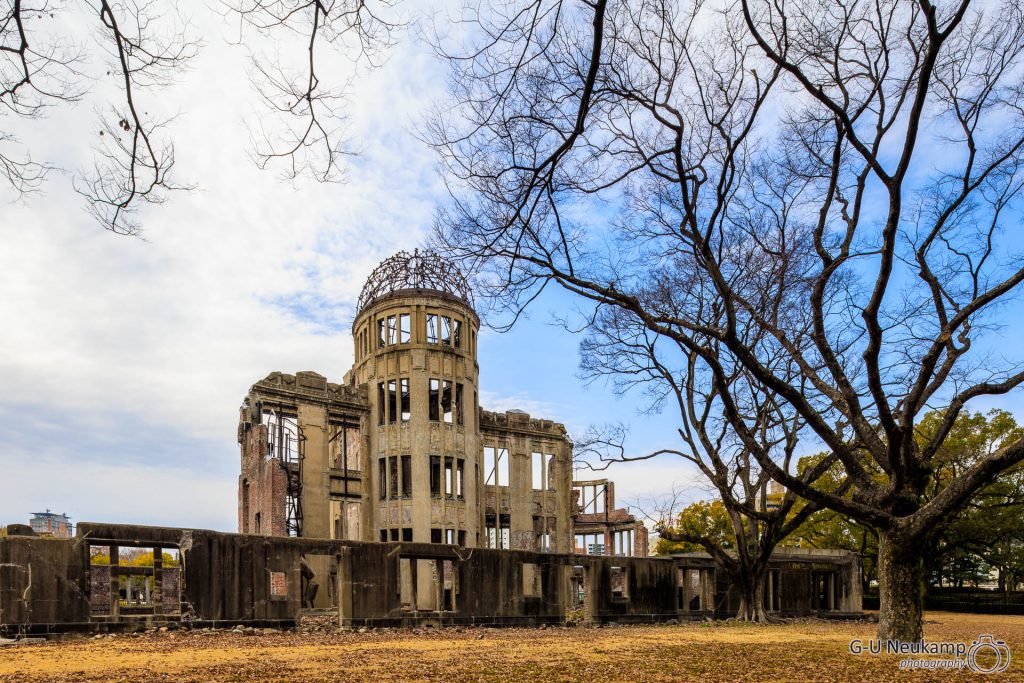
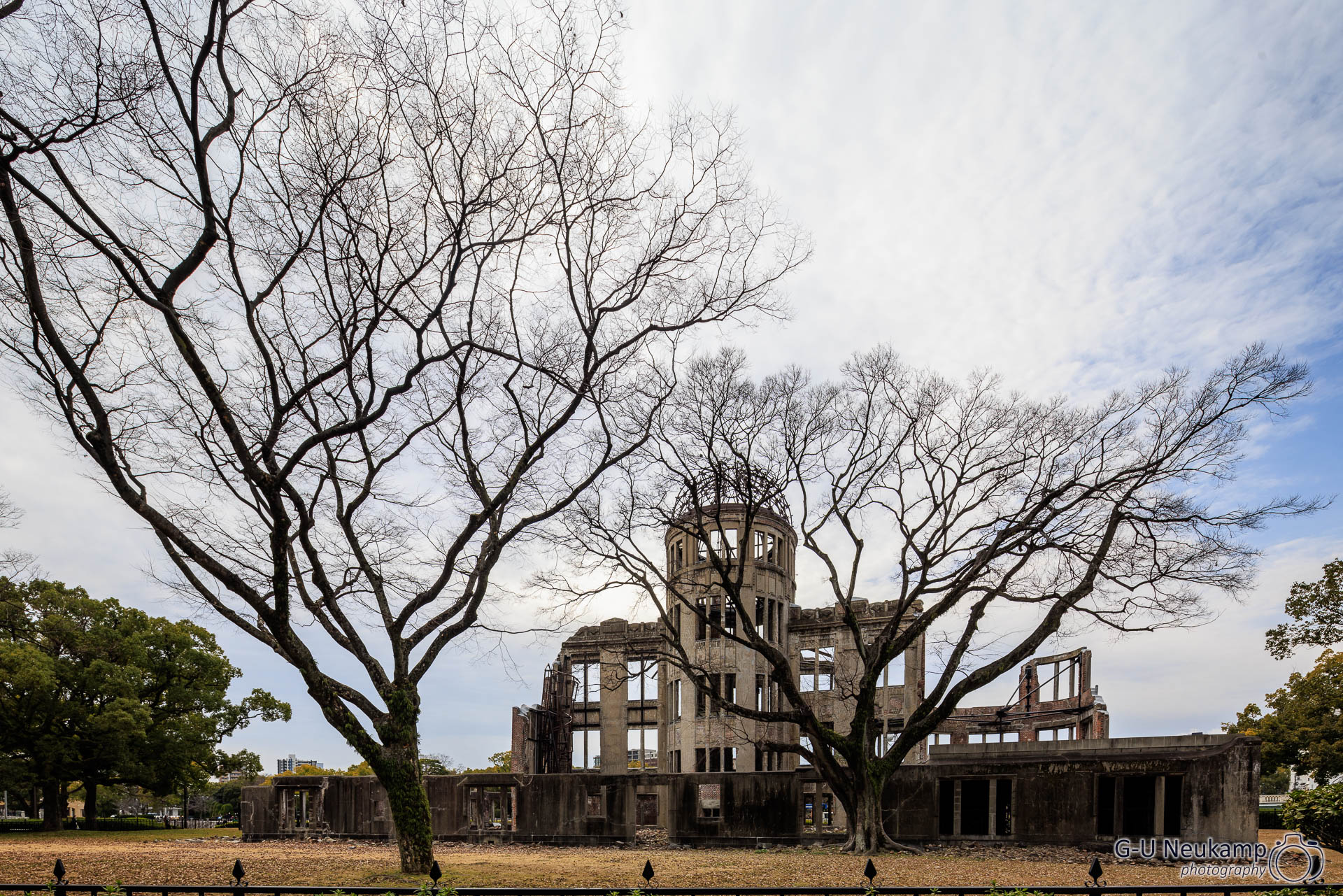
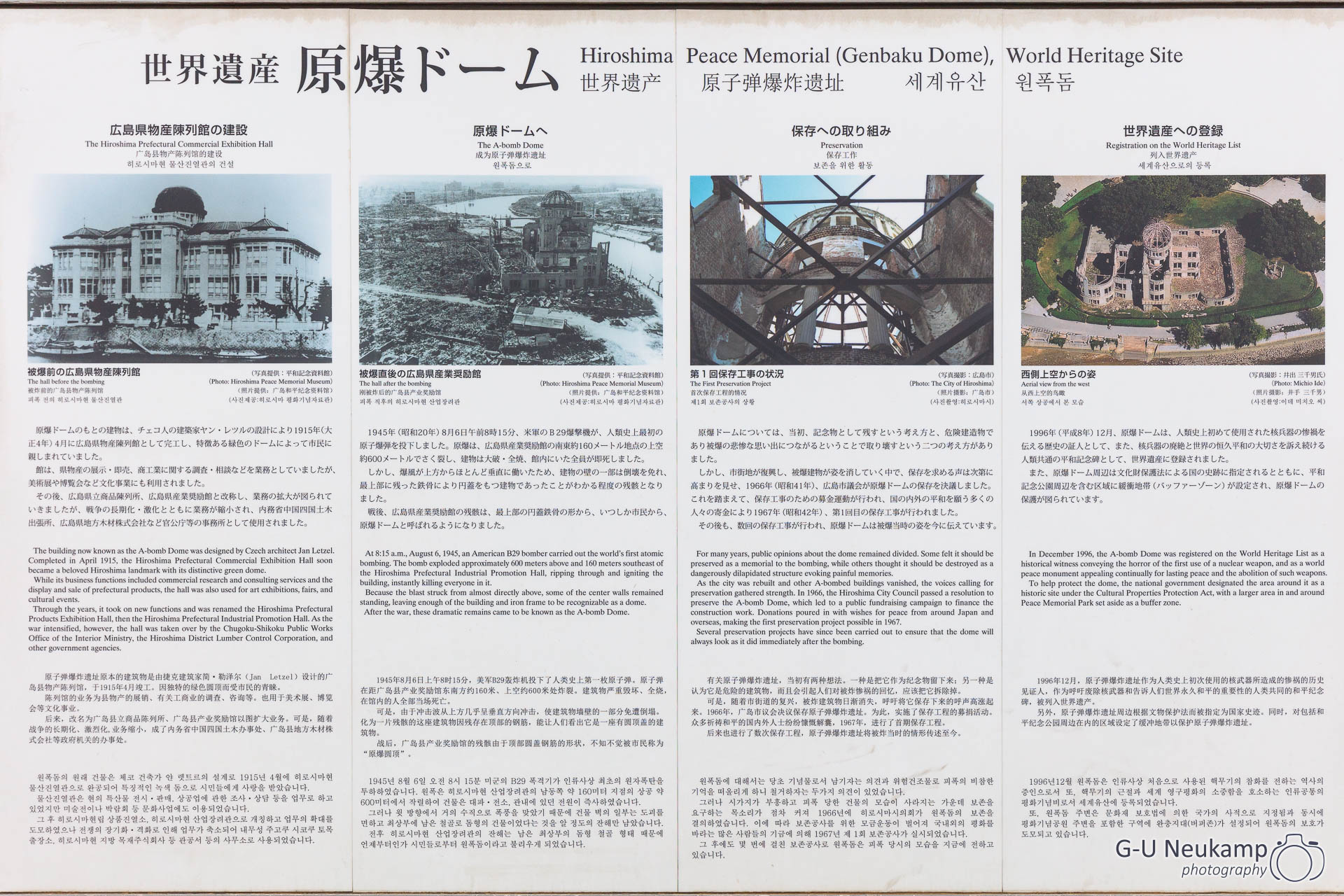
The building was completed according to a design by Czech architect Jan Letzel in April 1915 and was destroyed by the U.S. atomic bomb “Little Boy” dropped by U.S. bomber Enola Gay at 8:16 a.m. local time on August 6th, 1945. It burned out completely. All the people working in it at that time lost their lives.
Despite the short distance of only 140 m from ground zero, many building structures have been preserved, including the characteristic supporting structure of the dome roof, to which the monument owes its current name. The remains have been conserved since the drop. In December 1996, UNESCO declared it a World Heritage Site
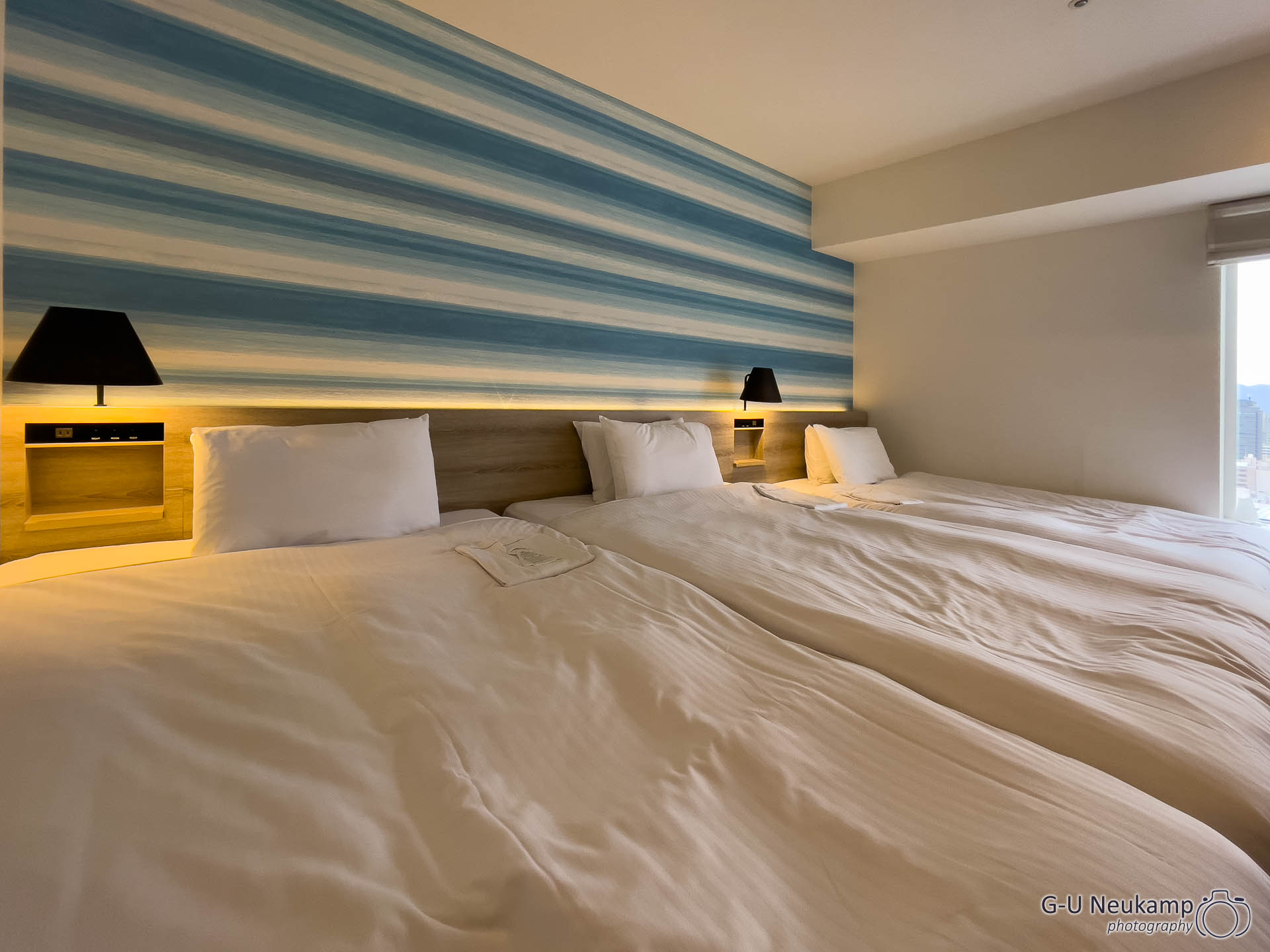
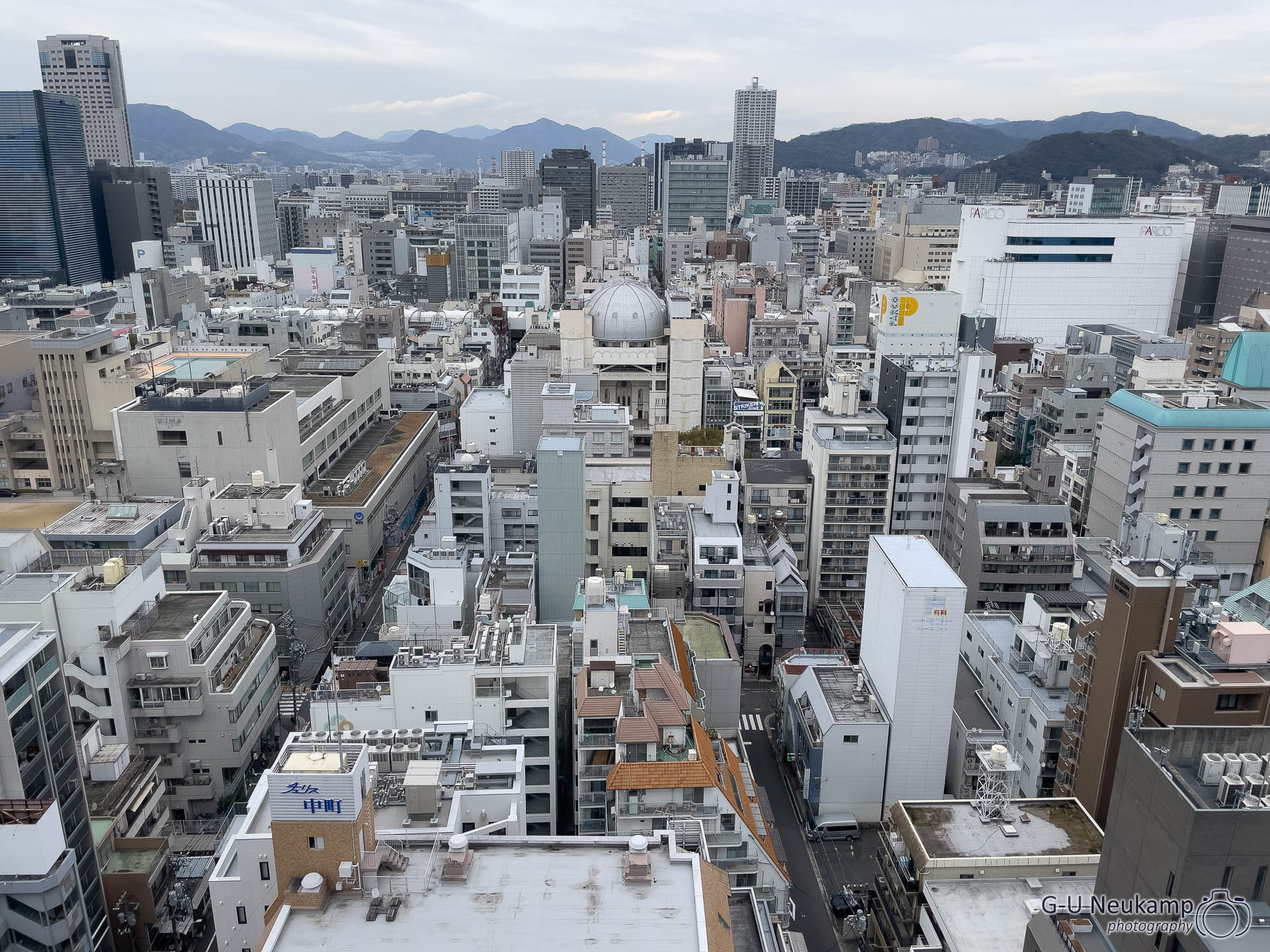
At 3:00 p.m. we were able to check in at the Mitsui Garden Hotel. We got a room on the 22nd floor with a great view overlooking the city. Our room was quite small, with three beds it was more like a sleeping landscape than a room. After settling into the room as best we could, we went to Peace Memorial Park again first.
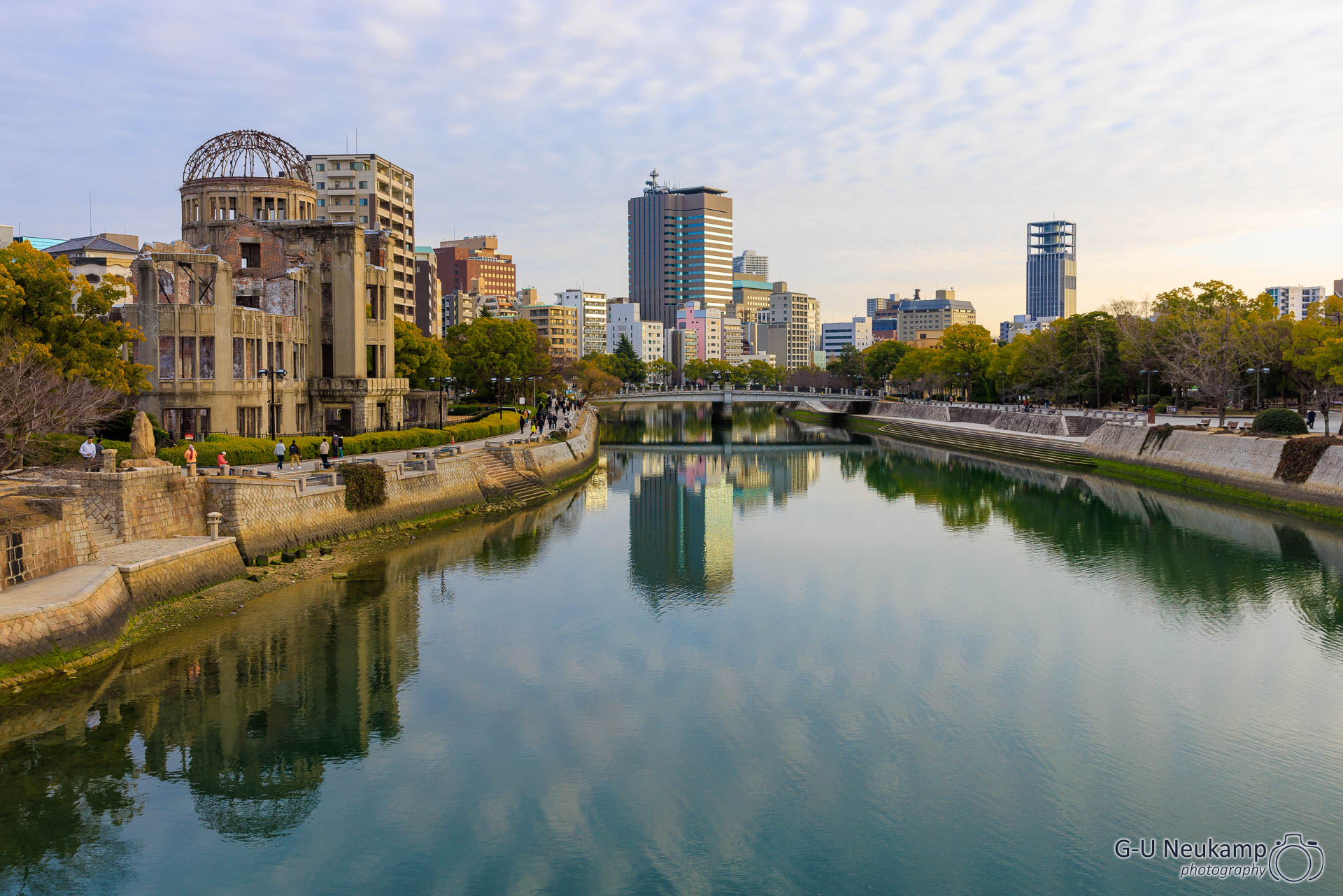
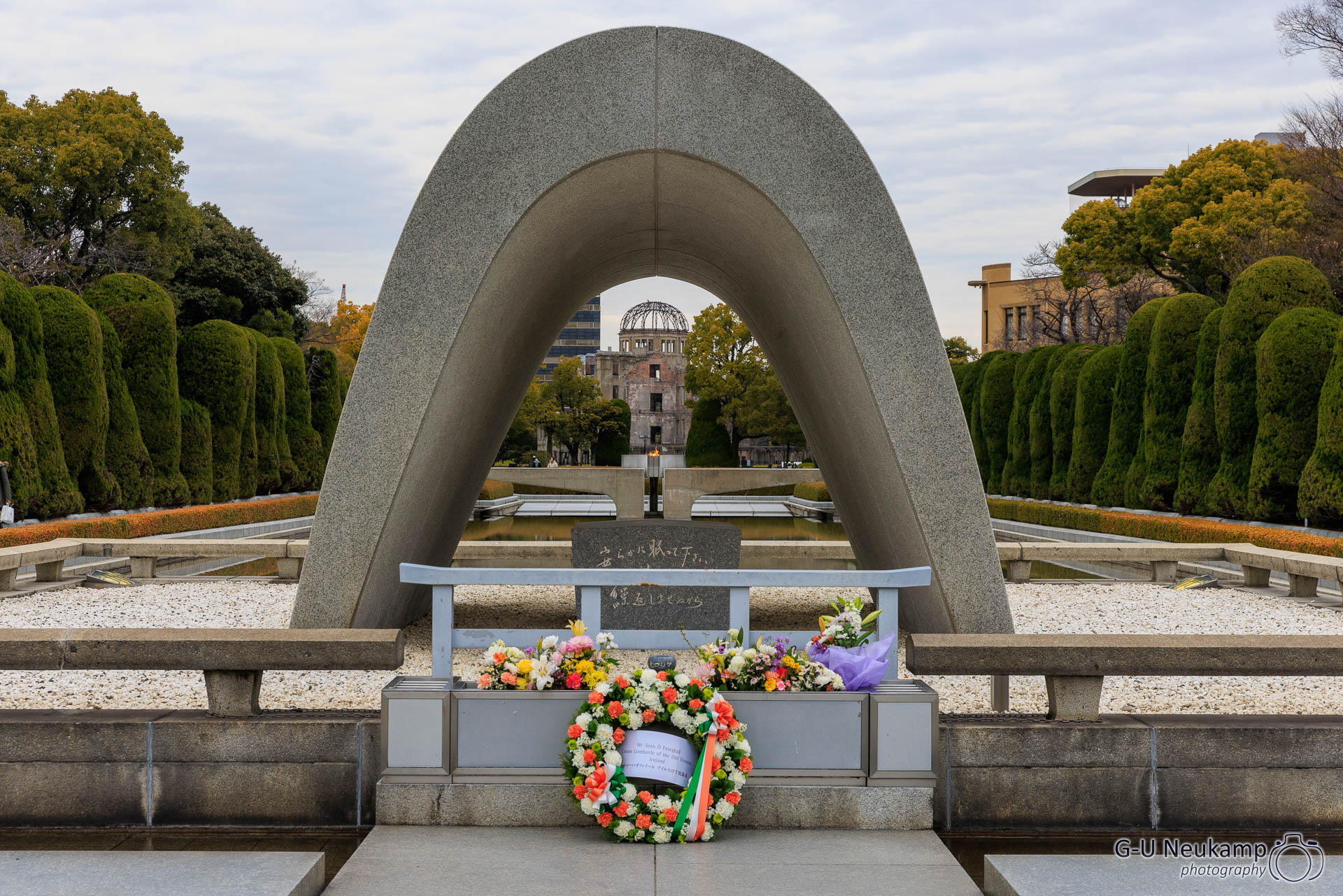
In the Peace Memorial Park you can find several colorful hanging paper strips. These are strung origami paper cranes. The story behind them is touching:
A girl named Sadako survived the atomic bombing of Hiroshima seemingly unscathed at the age of 2 1/2, but later became ill with leukemia. An old Japanese legend says that someone who folds 1000 paper cranes would have a wish granted to the gods. Sadako therefore began folding tiny paper cranes, hoping for health and a long life. Although she seemed to be getting better for the time being, however, she died before she could finish her second series of 1000 cranes. Her classmates folded the missing cranes for her and erected a monument (the “Children’s Peace Monument” right picture below) in Hiroshima Peace Memorial Park.
Today, paper cranes are donated by visitors as a sign of peace and in memory of Sadako.

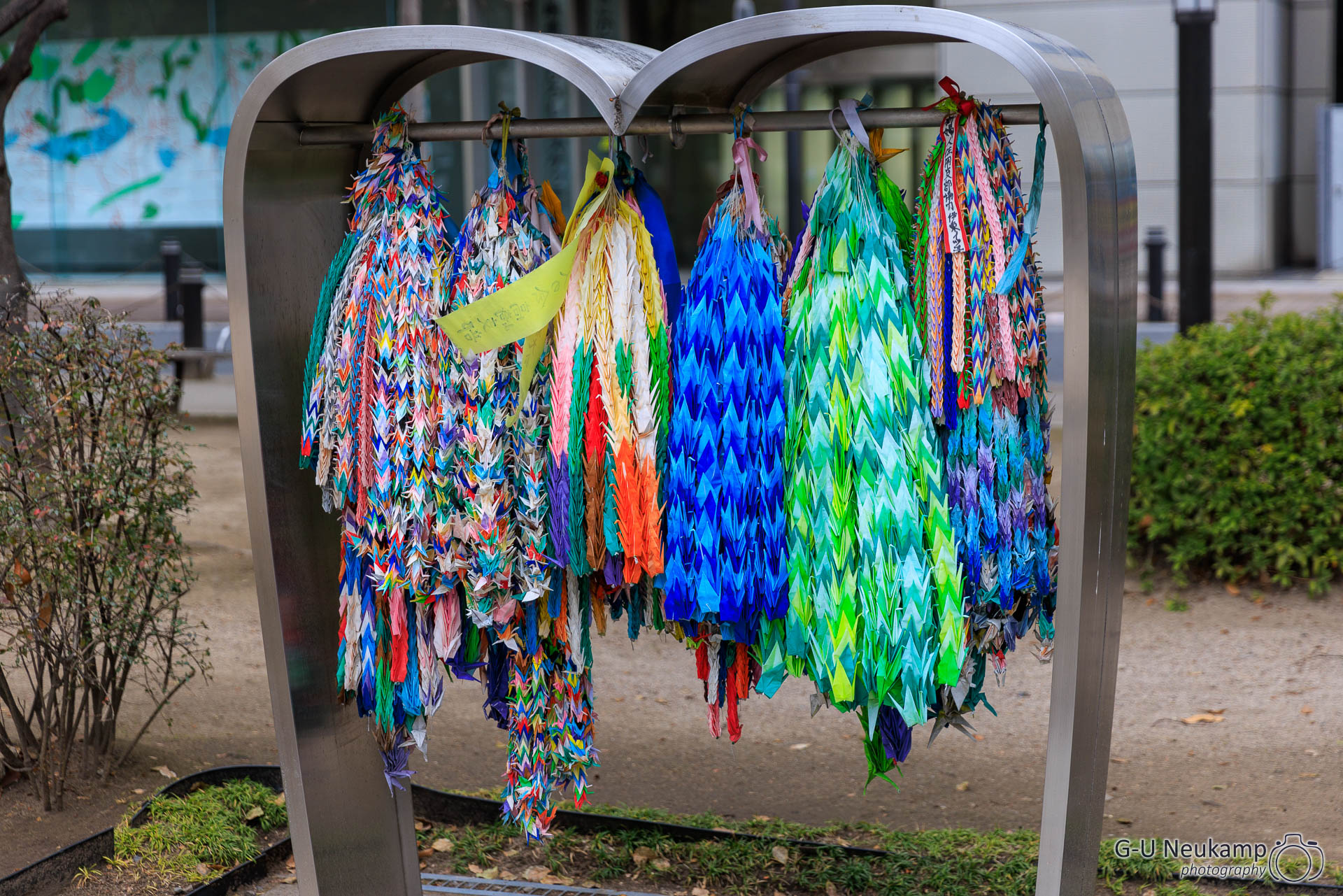
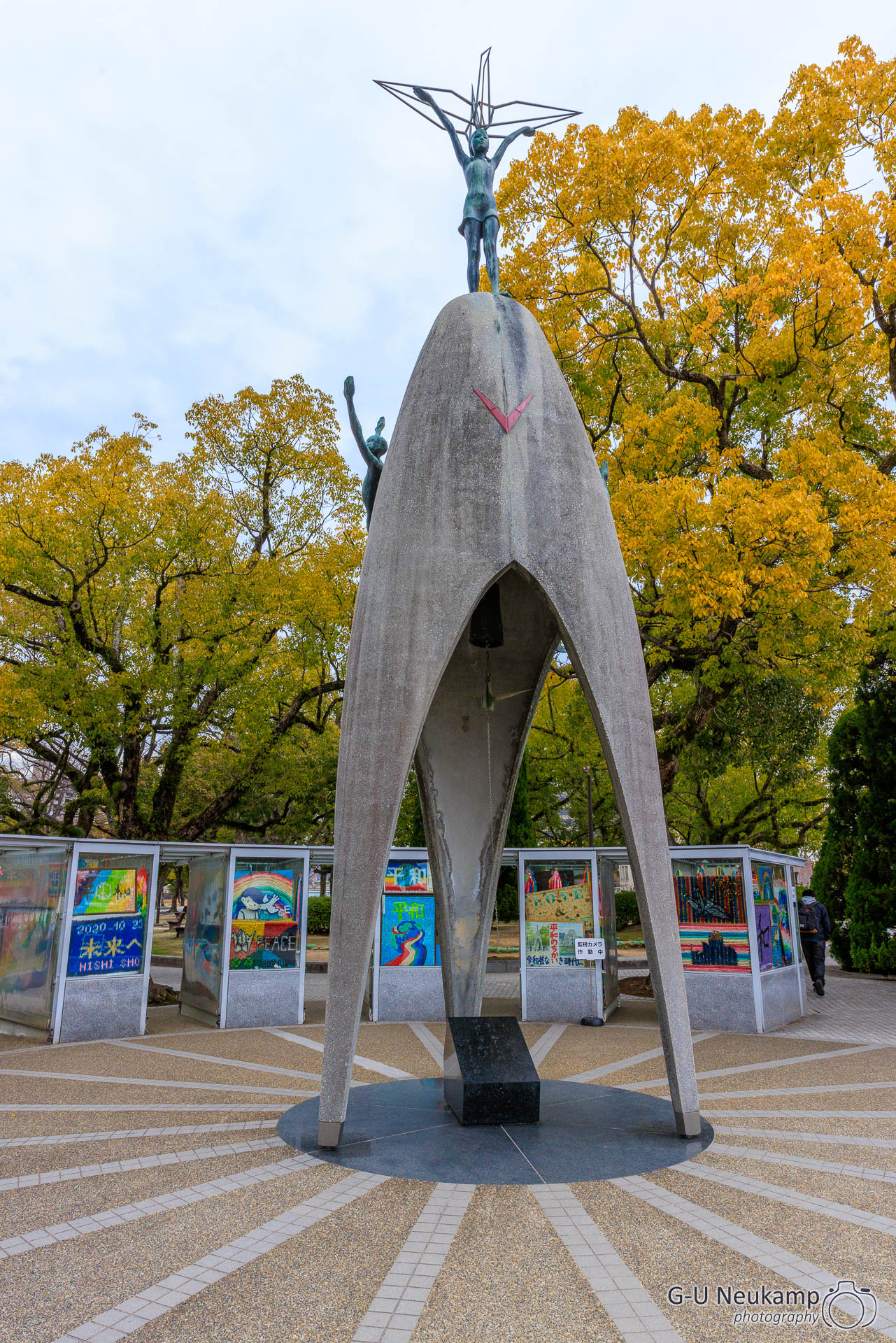
Afterwards, we strolled further through the city and ended up in a nice café (no Starbucks this time). There we had strawberry ice cream waffles and for Luise a strawberry iced tea. Simone and I had the usual latte macchiato.
Afterwards we walked a little bit through the shopping street. For dinner, we wanted to go to an okonomiyaki restaurant that was recommended to us. Okonomiyaki is prepared in Hiroshima in a special way with noodles, we really wanted to try it. We went to the restaurant by this cute old electric streetcar in the picture below on the right. It wasn’t far, but we really wanted to try it.
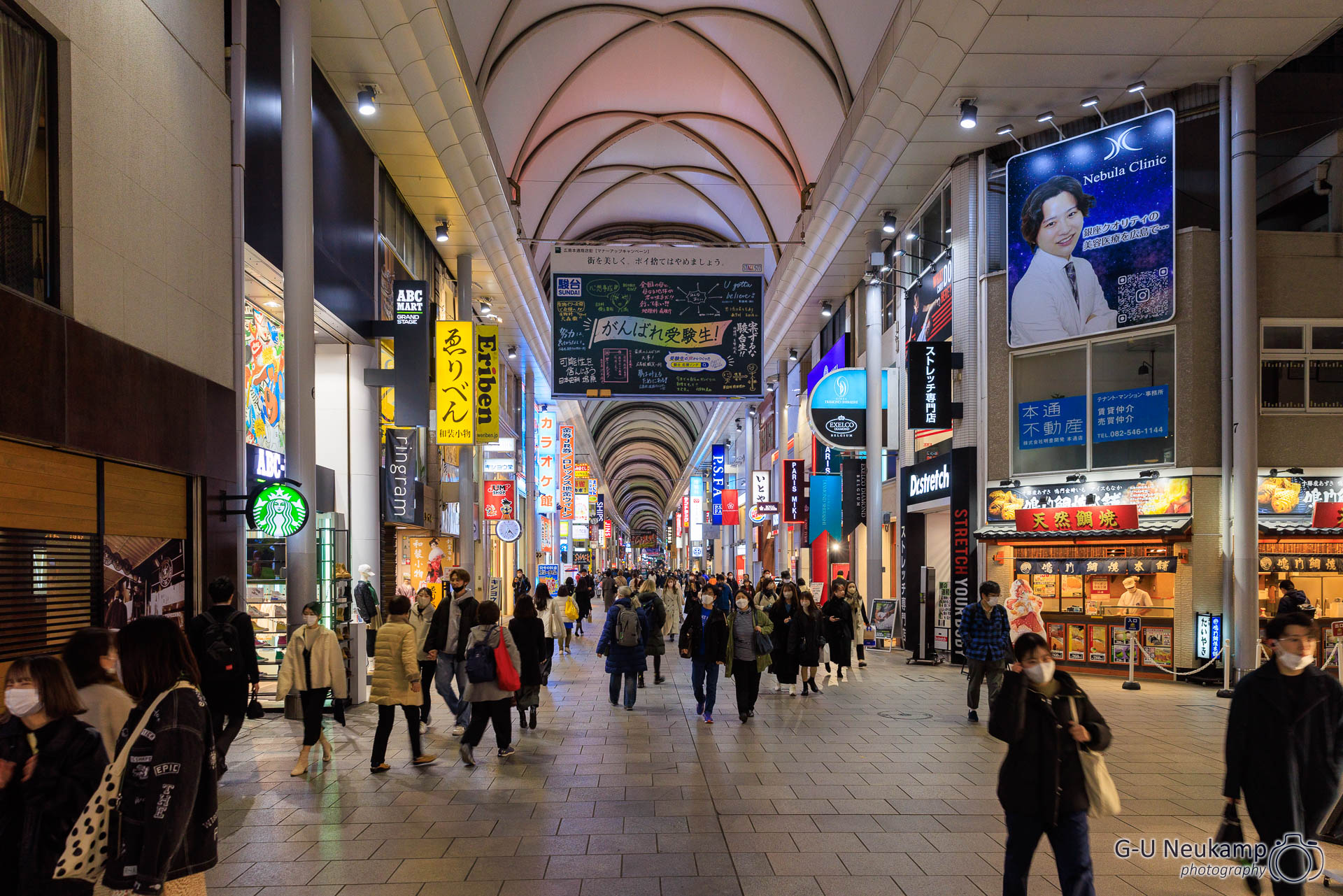

For dinner we were at Nagata-Ya, the Okonomiyaki - restaurant recommended to us. The restaurant seemed to be very popular, outside were already some guests waiting in line. We have queued up in the end and were already handed a menu. Shortly thereafter, our order was then already taken outside.
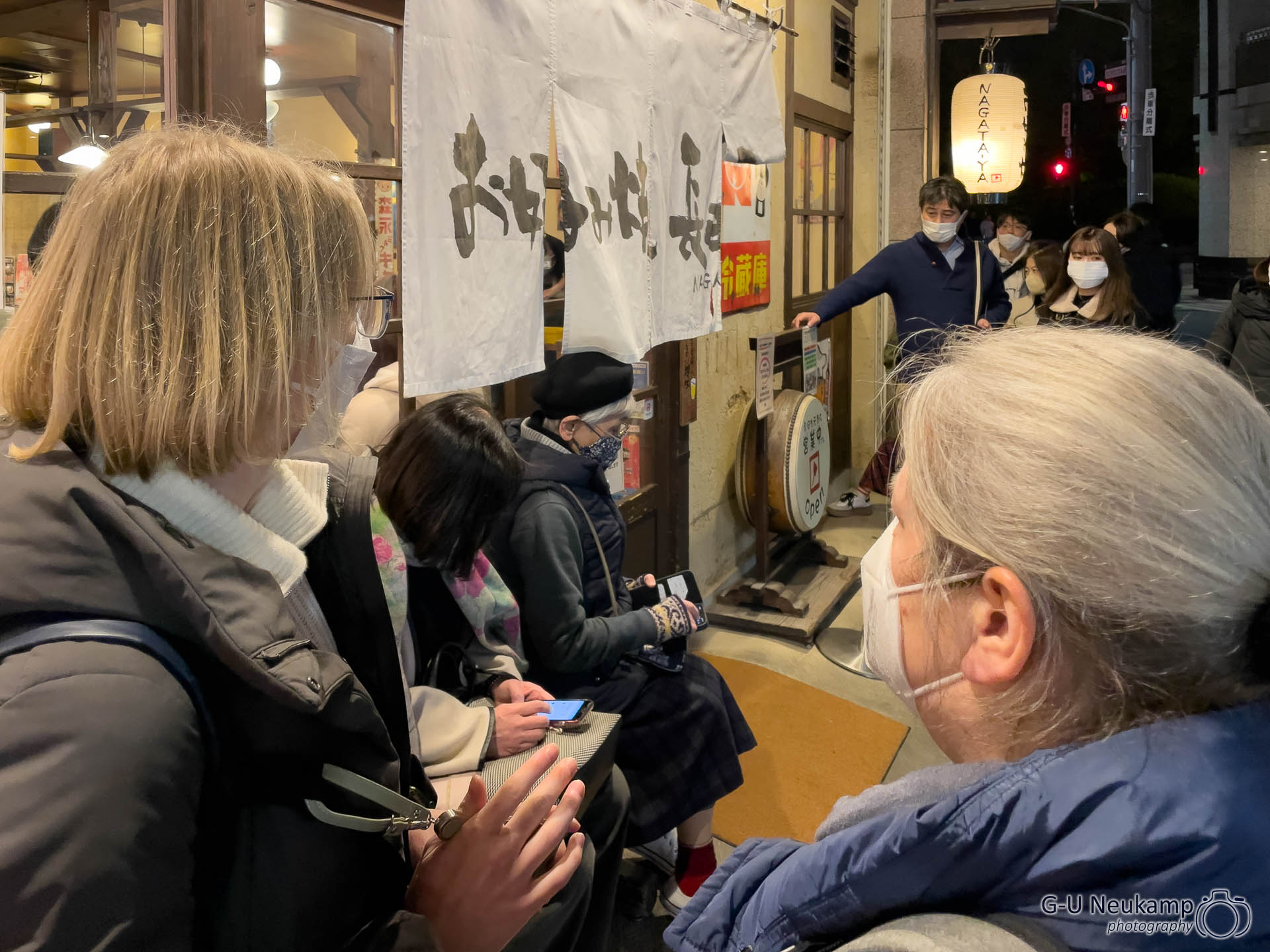
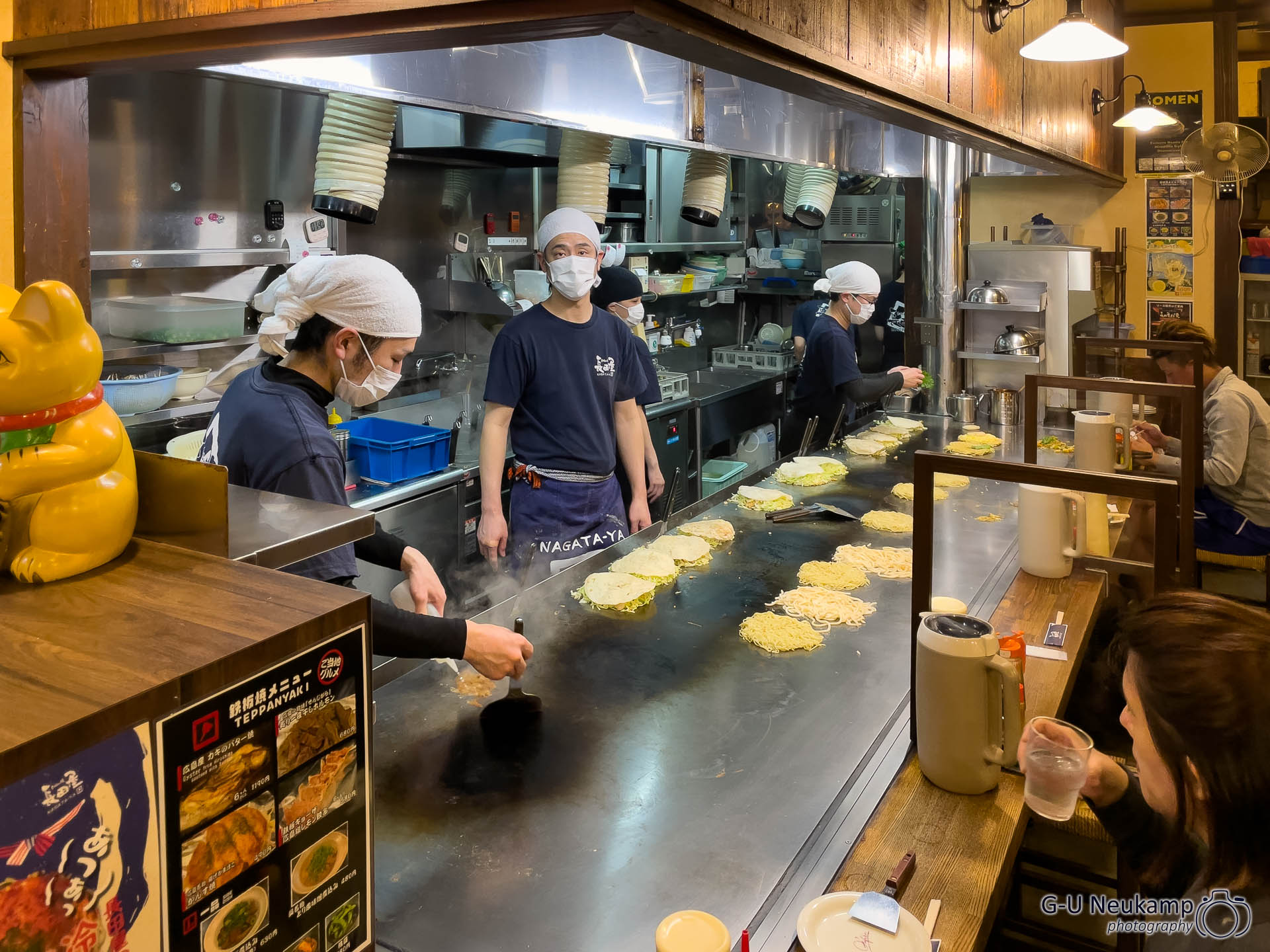
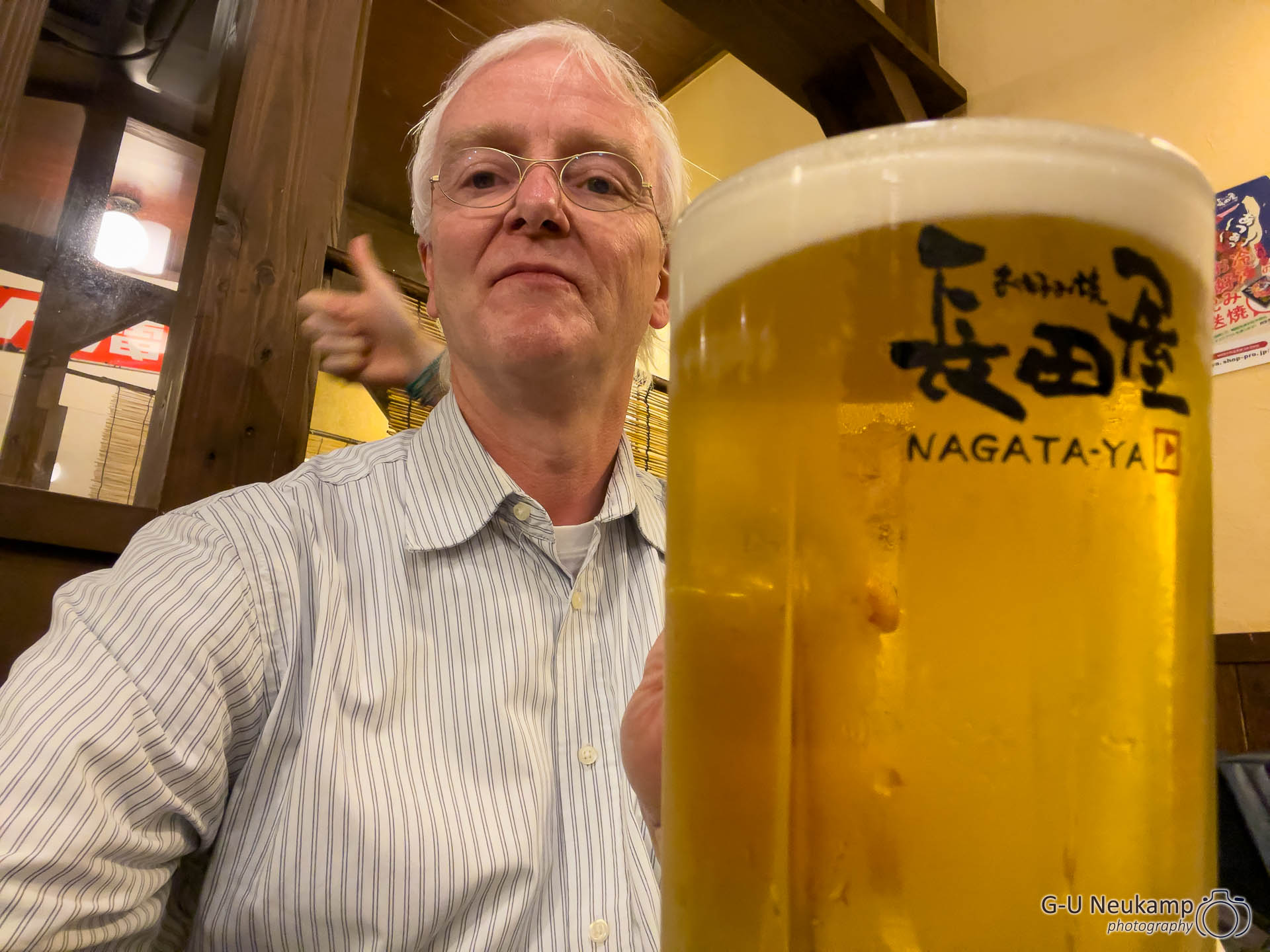
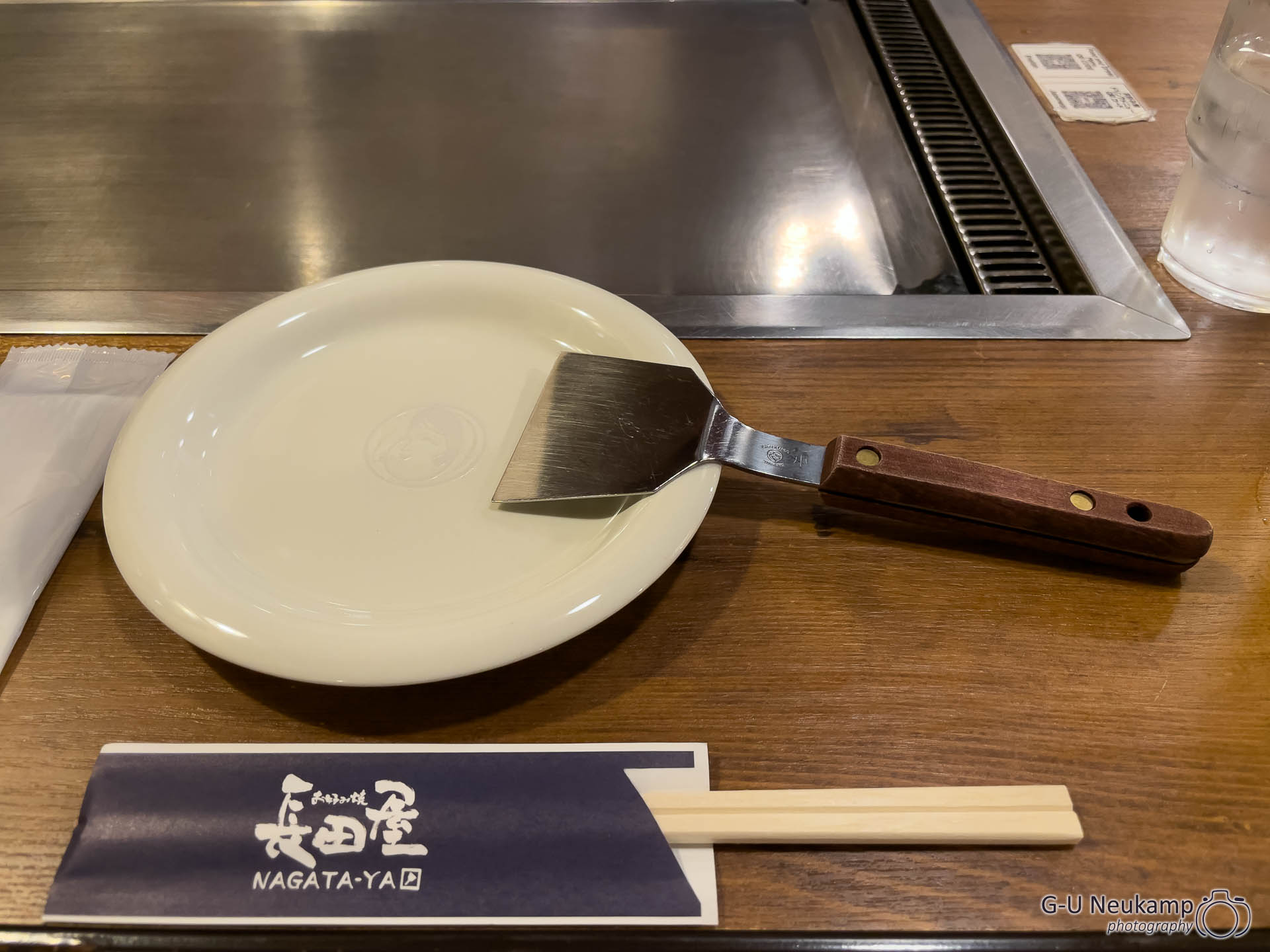
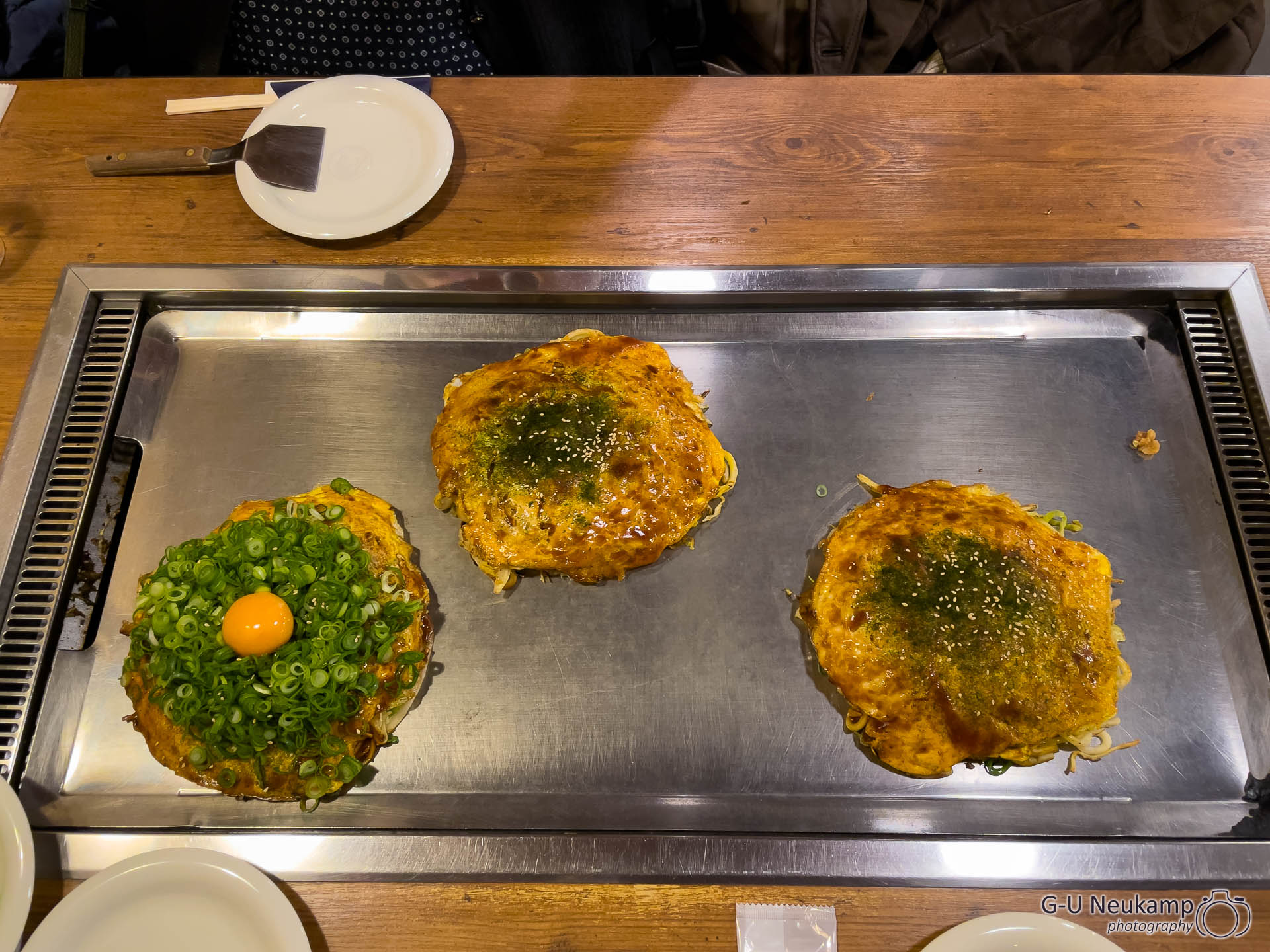
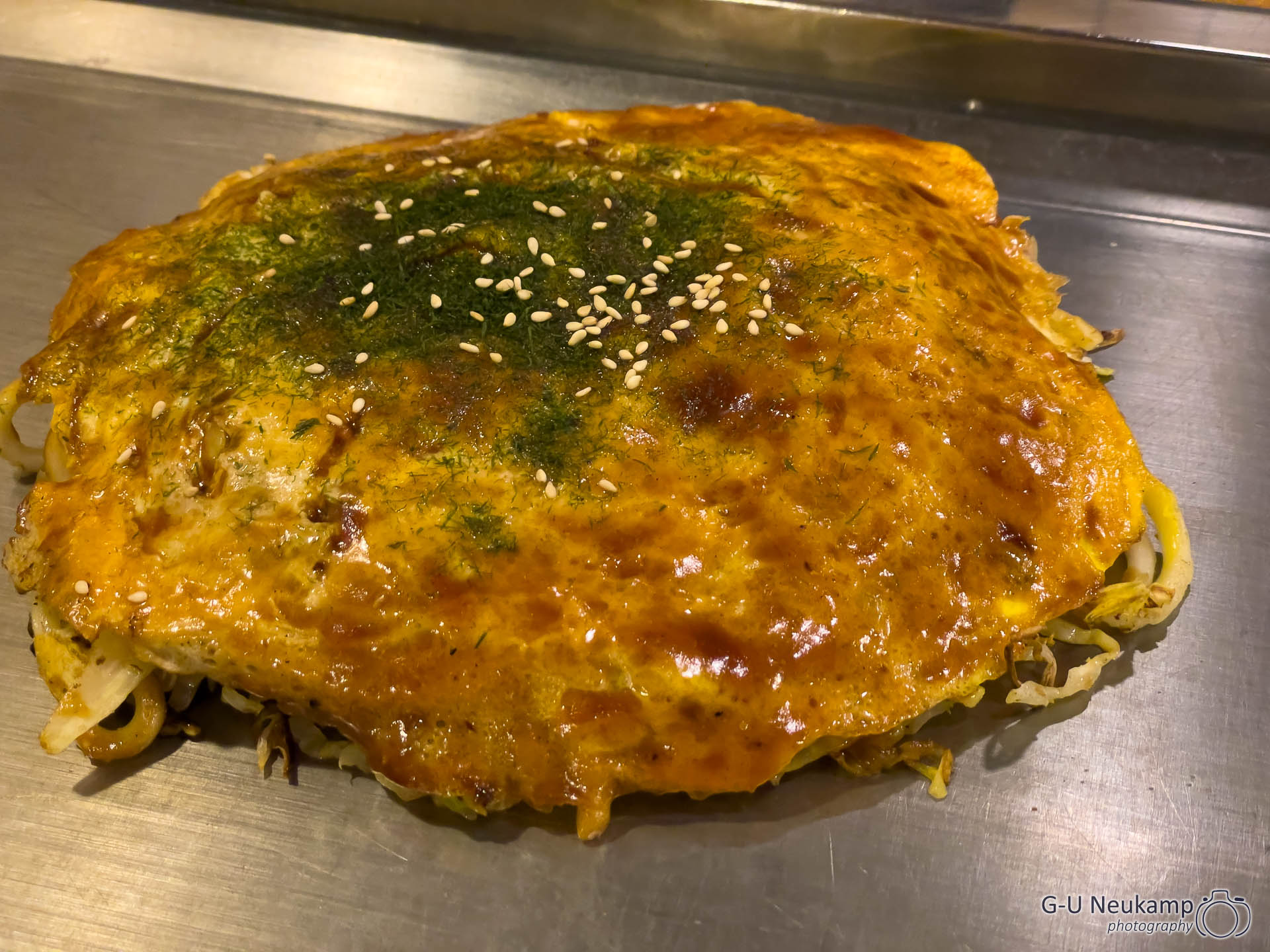
After about half an hour, we had then made our way to a table. The ordered Okonomiyaki came quickly and were very tasty. The restaurant also had beer in a reasonable size 😉. In the meantime, we also got along with the chopsticks already quite well. After the long day we were now very tired and went back to the hotel.
